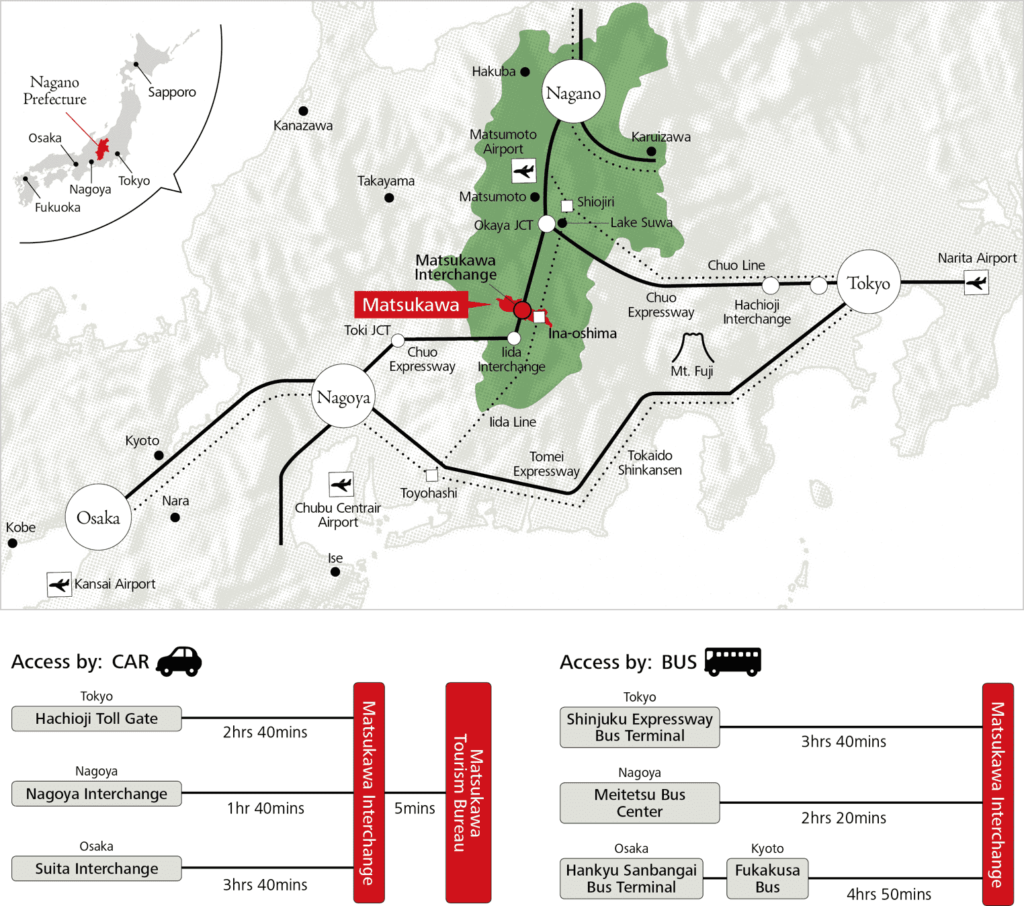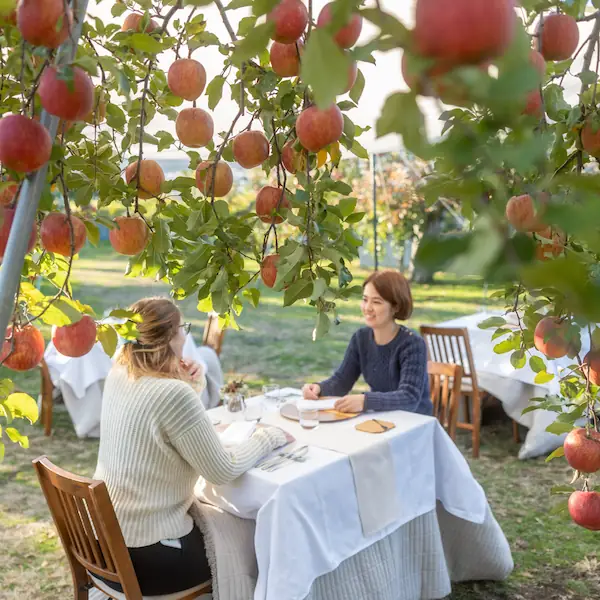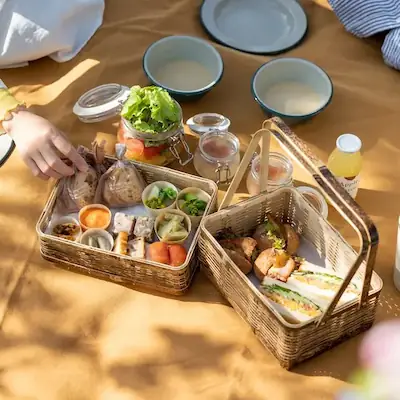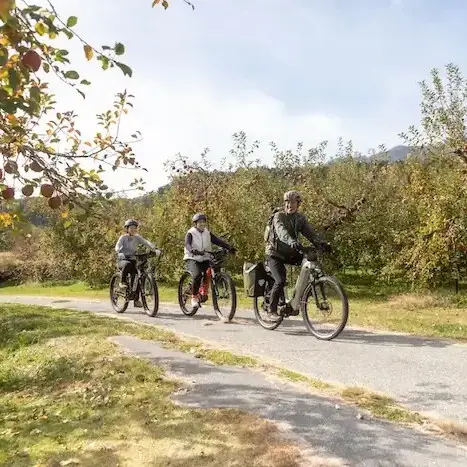Access

Getting to Matsukawa
● By Car
From Tokyo
2h40min from Hachioji Toll Gate
From Nagoya
1h40min from Nagoya IC
From Osaka
3h40min from Suita IC
●By Expressway Bus
From Tokyo
3h40min from Shinjuku Expressway Bus Terminal
From Nagoya
2h20min from Meitetsu Bus Center
From Osaka
4h50min from Hanjyu Sanbangai Bus Terminal
To make online reservations for the Shinjuku and Nagoya services, please use the following links:
Shinjuku–Ina/Iida Line
To make reservations for the Osaka and Kyoto services, please use the following link:
Osaka–Kyoto–Matsukawa (reservation page available in Japanese only)
●By Train
From Tokyo
2h from Shinjuku Station by Azusa Limited Express to Okaya Station + 2h from Okaya Station by Iida Line to Ina-Oshima station
From Matsumoto
20min from Matsumoto Station to Okaya Station by Azusa Limited Express + 2h from Okaya Station to Ina-Oshima Station by Iida Line
Places to Visit Near Matsukawa
The southern part of Nagano prefecture is blessed with an array of natural and cultural attractions, so when you visit Matsukawa, we hope you will take the time to explore some of our region’s most appealing places. Below is a small selection of places and activities that we recommend.
Star Gazing in Achi Village
Achi village, which is about 30 minutes south of Matsukawa by car, offers one of Japan’s best opportunities to view the night skies. During the warmer months of the year, a special tour is available via a gondola to view the stars from location above 1,400m elevation. Many guests staying at the famous Hirugami Onsen (hot springs) nearby take this star gazing tour. Momijidaira Camp Ground in Achi village also offers a great spot for viewing the night skies. For more information, refer to the information on the GoNagano web site page.
Komagatake Ropeway and Senjojiki Cirque
Mt. Kisokoma (called Kiso-Komagatake in Japanese) is the highest peak in Japan’s Central Alps (also called the Kiso mountain range), rising to 2,956m at its summit. One kilometer south of Mt. Kisokoma is Mt. Hoken, which is the backdrop to Senjojiki Cirque, an amphitheater-like valley carved by glaciers some 200,000 years ago. Senjojiki is famed for its alpine flowers in the summer, but offers majestic views of the mountains year-round. Excellent access is provided by the Komagatake Ropeway (aerial gondola). The gondola is popular with mountain climbers, hikers and sightseers alike. For more information, please refer to the Komagatake Ropeway web site
Oshika Kabuki
Kabuki is one of Japan’s famed traditional forms of drama. While most people associate kabuki with famous theaters in Japan’s large cities, there are a few small countryside communities have maintained their own kabuki theater troupes for hundreds of years. One of the most celebrated of these is in Oshika village, southern Nagano, whose kabuki has been performed for over 300 years. They put on performances twice a year, on May 3 and on the third Sunday in October. Local shinto shrines are the venues for these festivities. For more information, please refer to the JTCO web site
Tenryu River Boating and Rafting
Matsukawa straddles the mighty Tenryu river, which has several scenic gorges suitable for traditional Japanese boat trips (called “line kudari” in Japanese) as well as white-water rafting trips. The two most well-known gorges are Tenryukyo and Garyukyo. For information, please refer to the Tenryu River Boat Tours web site
Shimoguri-no-sato
This tiny hamlet perched within steep mountain terrain offers spectacular views as well as a glimpse into traditional rural life in an isolated community. Spend time hiking or walking and sampling local produce and cuisine. For more information, please refer to the page on the Nippon.com web site
Takato Castle Park Cherry Blossoms
Takato is a former castle town with a history spanning 700 years. In recent times, it has become a quiet farming community. Once a year in spring, Takato Castle Park (site of the former castle) becomes a bustling attraction for sightseers who flock to see the park’s famed cherry blossoms. The blossoms usually reach full bloom in mid-April, but if you plan to see them, be sure to find out the latest information on the state of the park’s sakura (cherry blossoms). For more information, please refer to Nippon.com web site or GoNagano
Kiso
Nakasendo is the name of the traditional mountain route between Edo (the former name of Tokyo) and the ancient capital of Kyoto. Part of this route passed through the Kiso valley, which is now part of southern Nagano prefecture. Some portions of the route have been extremely well preserved, including much of the traditional architecture. The Magome-Tsumago Trail is a small section of the route of about 8km in length. It can be walked in 2-3 hours at a leisurely pace, and visitors can take in a variety of scenery. For more information, please refer to the japan-guide.com





